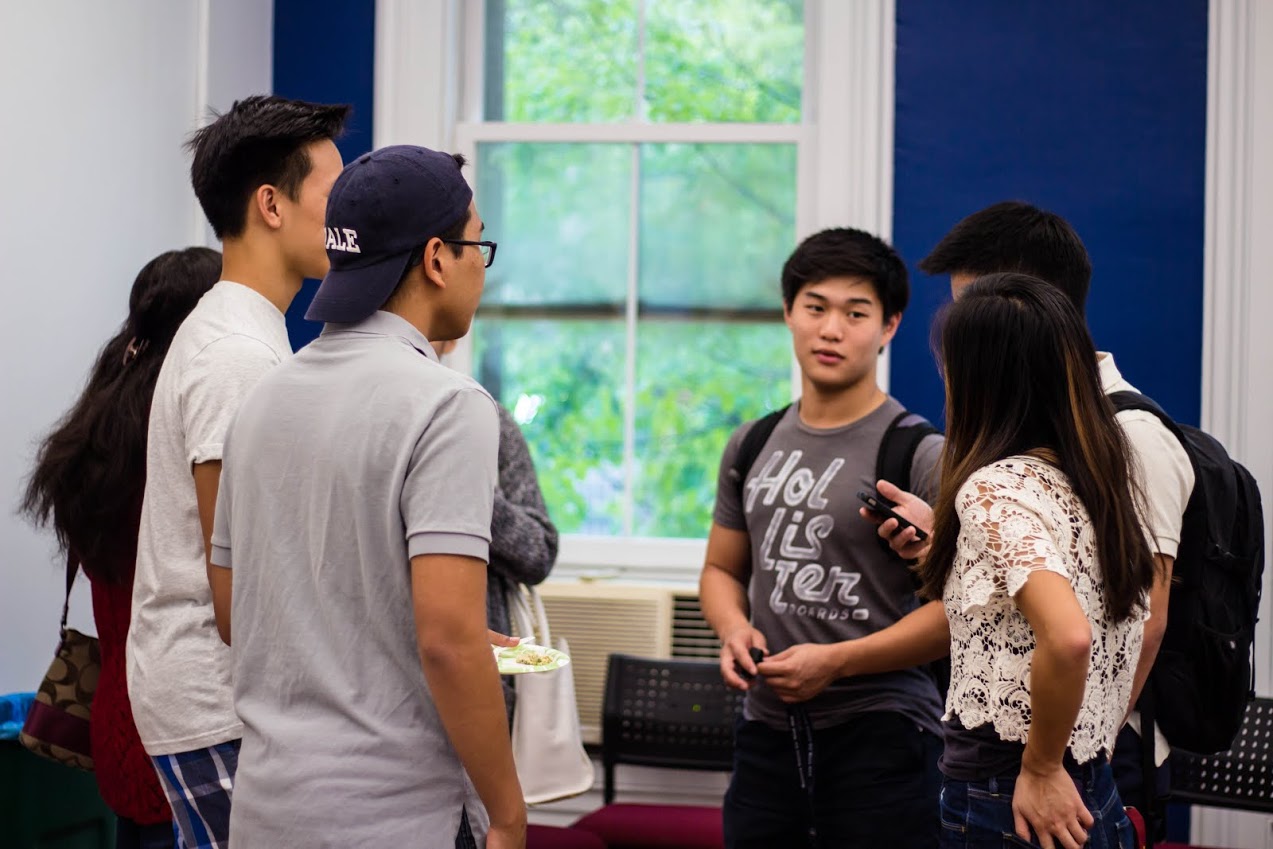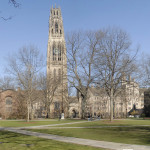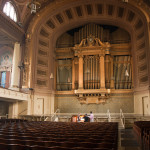by Nicole Chavez
At the Asian American Cultural Center (AACC) Welcome Reception last Thursday, music and students flowed out of the wooden doors of 295 Crown Street. Balancing their teetering paper plates piled with Asian cuisine, the students who call this old house home talk animatedly with friends.
An hour into the event, after everyone had settled down with food and friends, a growing crowd squeezed into the first floor common room, vying for a good spot to watch and listen to Sur et Veritaal, the South Asian a capella group whose name translates as “Melody and [True] Rhythm.” Their Bollywood tune transitioned smoothly into a hot rendition of Sean Paul’s “Fire Burning on the Dance Floor.” Then the Polynesian dance group, Shaka, performed a hula rendition of Beyonce’s “Flawless.”
Celebrating their return to the 34-year-old AACC, students demonstrated their ability to integrate their specific cultural traditions into the contemporary and highly diverse Asian American community at Yale.
AACC Director Saveena Dhall said the house allows students from increasingly diverse backgrounds to embrace their identities and learn about those of their peers, contributing to a “New Yale,” in which a multicultural experience is valued.
Sharon Phu ’19, noted her surprise upon seeing the large and vocal Asian American community at Yale during Bulldog Days.
“It’s easy to push it outside of your mind,” she said, referring to student’s ability to actively partake in Asian and Asian American affiliated groups, whether they be affinity-, performance-, or politically-based. Despite these temptations, the Class of 2019 seems eager to take part in the Asian American community at Yale.
Meng Fei Shen ’19, for instance, has already gone on a day trip to New York City with several of the AACC Peer Liaisons (upperclassmen mentors hired by the dean’s office) who taught her and other Asian American Yalies about the various Asian American niches embedded in the city.
On campus, something as simple as food can help fill the void when feeling homesick and estranged from one’s culture, Phu said.
“The food reminds me of home,” she said, referring to the food that the AACC provides at many of their social events.
Other students, such as Dennis Vu ’19 and Diana Sharkey ’19, attributed the appeal of the AACC to the flexibility and openness of this social space. For Sharkey, “one of the most incredible things about the AACC – and any of the other cultural centers, for that matter – is their innate openness.” The house serves as a space “to socialize, to participate in various events and meaningful activities, and to just have fun.”
What makes the AACC valuable to specific groups such as people of color, as Vu ’19 points out, is that it is “a social space that I can enter without feeling awkwardly out of place or pressured.”
In addition to providing what many would refer to as a “safe space” for marginalized groups on campus, the AACC is also “a brave space for students on campus,” according to Dhall. Students who want to grapple with the issues and politics of identities, especially of marginalized groups on campus and in society, can find a home at the AACC as well.
In recent years, the Asian American community at Yale has been mobilizing to promote advocacy and initiate reform on several issues, including, but not limited to demystifying the ‘model minority’ and creating an Asian American Studies major at Yale. Dhall credited the Asian American Studies Task Force as a “reenergized force and dedication to scholarship to make sure that the narrative of Asian Americans is in the Yale curriculum.”
Some students, like Elaine To ’19, are concerned with the ways in which racialized stereotypes are leading to the self-policing of Asian Americans. Referring to last week’s discussion at St. Anthony’s Hall on “The Myth of the Model Minority,” To said, “one difficulty Asian Americans, especially younger generations, are facing now is working to rise above our ‘model minority’ status and not let ourselves be restricted by those stereotypes.”
Towards the closing of the Welcome Reception, people slowly trickled out of the center, seemingly reluctant to leave the energetic and warm space. Some students meandered to one of the several sticky note boards positioned throughout the center. On these boards, students were encouraged to answer the prompts written on them. One prompt asked, “What are you most looking forward to [at the AACC] this year?” Written in bubbly letters on an orange stick note, one student had responded, “Building a community.”


